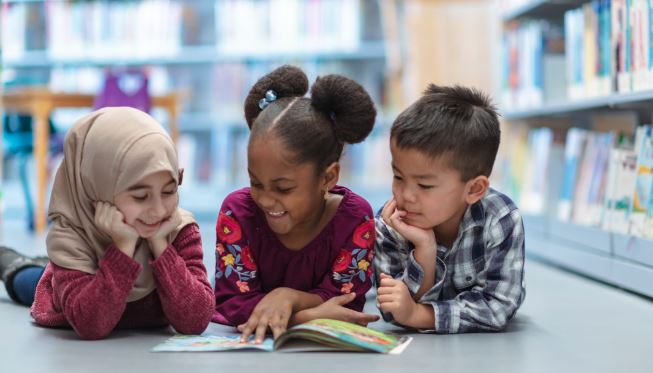In today’s diverse society, classrooms are becoming increasingly multicultural, presenting both opportunities and challenges for teachers. While multicultural classrooms offer numerous benefits such as fostering tolerance, promoting cultural understanding, and preparing students for a globalized world, they also come with unique challenges. Here are some tips to help teachers navigate these challenges and create an inclusive and supportive environment for all students.
- Cultivate Cultural Awareness and Competence: First and foremost, it is essential for teachers to have a deep understanding and appreciation of different cultures represented in the classroom. Educate yourself about the backgrounds, traditions, and beliefs of your students to ensure you can provide culturally responsive instruction and avoid unintentional biases or misunderstandings.
- Avoid Stereotypes and Assumptions: Treat each student as an individual and avoid making assumptions based on their cultural background. Recognize that diversity within cultures exists and that students may have different experiences and perspectives, even within the same cultural group.
- Incorporate Multicultural Content: Integrate diverse perspectives, experiences, and histories into the curriculum. Include literature, art, and examples from various cultures to promote inclusivity and provide students with a broader understanding of the world.
- Foster an Inclusive Classroom Climate: Create a safe and welcoming environment where students feel valued, respected, and accepted. Encourage open dialogue and respectful discussions that allow students to share their perspectives and learn from one another. Emphasize the importance of empathy, tolerance, and appreciation for diversity.
- Encourage Collaboration and Peer Learning: Provide opportunities for students to work in diverse groups and learn from their peers. Group work promotes cross-cultural understanding, improves communication skills, and exposes students to different perspectives. Encourage students to appreciate and learn from the unique strengths and talents of their classmates.
- Address Language Barriers: Language differences can be a significant challenge for multicultural classrooms. Be patient and empathetic towards students who are learning a new language. Provide additional support such as extra language instruction, peer tutoring, or translated materials to help these students feel included and succeed academically.
- Involve Parents and the Community: Engage parents and families in the learning process. Encourage them to share their cultural traditions, languages, and expertise with the class. Collaborate with community organizations and cultural centers to provide additional resources and support for students and families.
- Professional Development and Training: Continuous professional development is crucial for teachers to develop the skills and knowledge needed to effectively address the challenges of multicultural classrooms. Attend workshops, conferences, and training sessions focused on cultural competency and inclusive teaching strategies.
- Celebrate Diversity: Organize events, celebrations, and cultural showcases that highlight the diversity of your classroom and school community. This brings students together, promotes mutual respect, and fosters appreciation for different cultures.
- Seek Support and Collaboration: Share experiences, challenges, and best practices with fellow teachers and professionals working in similar multicultural settings. Collaborate with school counselors, multicultural coordinators, and other support staff to address the unique needs of students and facilitate a positive learning environment.
Navigating the challenges of teaching multicultural classrooms requires a proactive and inclusive approach. By embracing diversity, fostering cultural understanding, and implementing these strategies, teachers can create an environment that celebrates diversity, promotes learning, and prepares students for success in an increasingly interconnected world.




